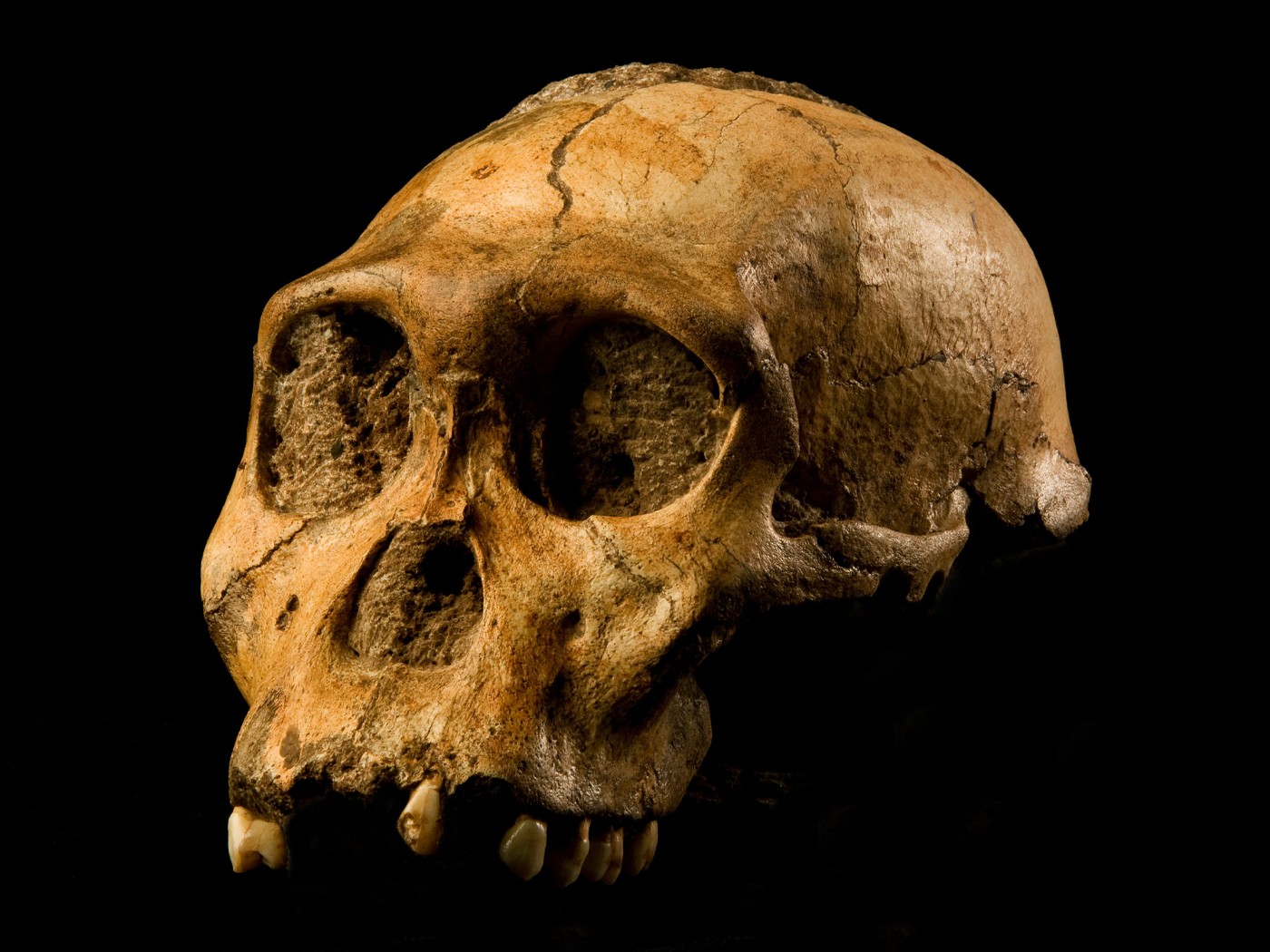Israel's Dead Sea, also called the Salt Sea, lies over 1,000 feet below sea level and is the site of certain ancient events recorded in the Bible. Some scientists thought the sea is too salty to have ever been dry, since such extreme saltiness would presumably prevent all the water from evaporating. Now, a deep drill sediment core appears to show that they were wrong.
Science NOW reported on the Dead Sea Deep Drilling Project, which took a core sample that 235 meters down revealed a layer of pebbles that were "likely a beach deposit" from when most of the area was dry.1
According to the Bible, in around 2000 B.C. what is now the Dead Sea used to be a plain that probably served as farmland for people of the nearby debauched city of Sodom. Genesis 14 first named the valley during the time of Abraham (then called Abram) as "the vale of Siddim, which is the salt sea."2 So, the area was apparently a vale, or valley, but had been relabeled "the salt sea" by the time the original writings were edited and compiled, probably by Moses some 400 years after Abraham.
In his book The Bible Comes Alive, archaeologist Clifford Wilson described how the phrase "which is the salt sea" was probably a later editorial addition:
The Jewish people had such respect for the written records that it would have been unusual for them to alter them. In the main, they simply added an editing note where appropriate. In this case we are told that the Vale of Siddim had become the Salt Sea.3
The researchers found the pebbles in the drill core beneath many storm and season-deposited layers of salt and mud that may represent a time before the Salt Sea's existence—that is, before the destruction of Sodom and Gomorrah. This research demonstrating that the Dead Sea was indeed once a dry region supports the Bible as a trustworthy historical record.
References
- Gramling, C. Dead Sea Dried Up in Past. Science NOW. Posted on news.sciencemag.org December 7, 2011, accessed December 16, 2011.
- Genesis 14:2-3.
- Wilson, C.1997. The Bible Comes Alive. Green Forest, AR: New Leaf Press, 93.
* Mr. Thomas is Science Writer at the Institute for Creation Research.
Article posted on January 4, 2012.














